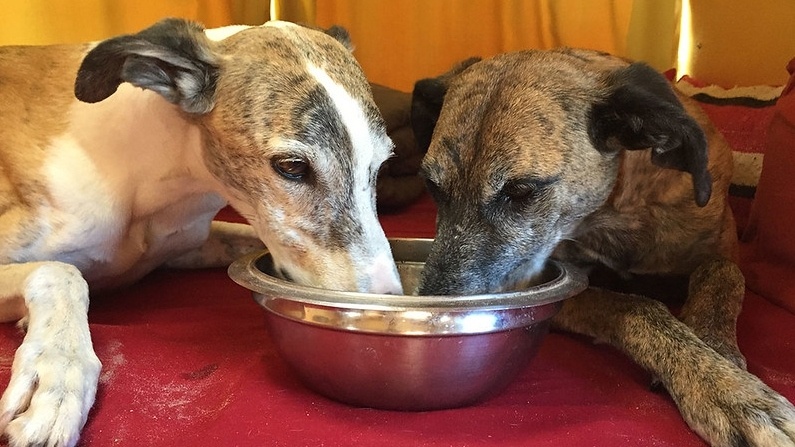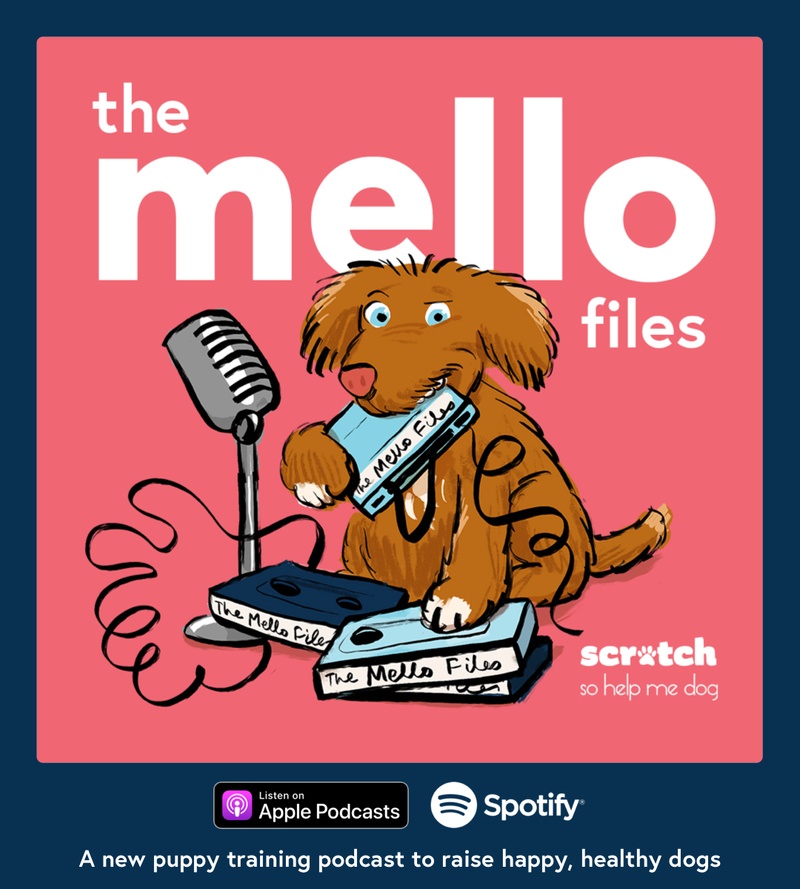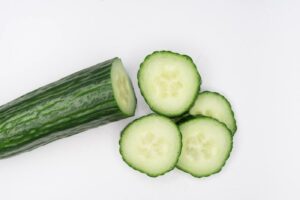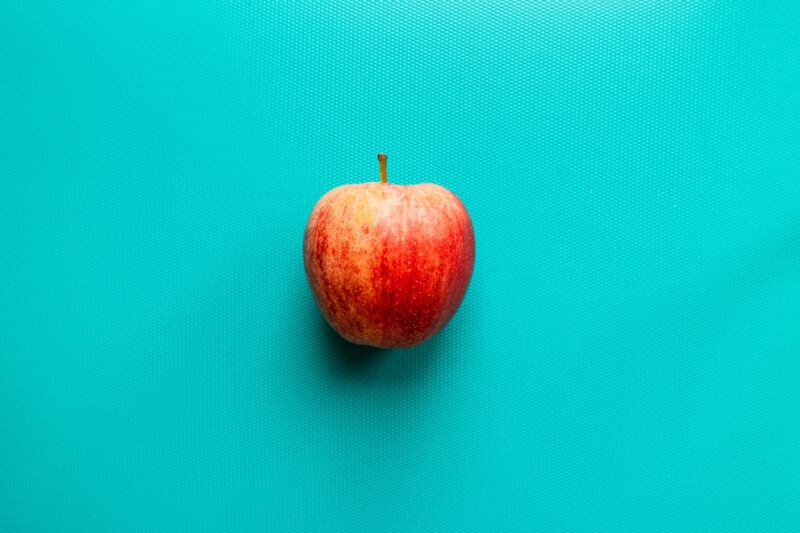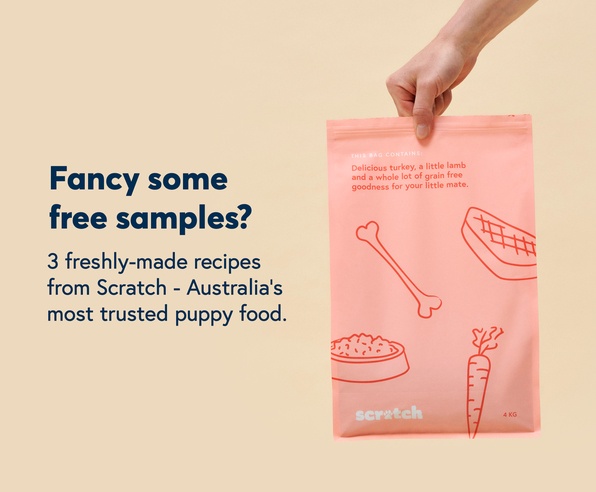A lot of people (and dogs) like chicken. It kind of tastes like everything and nothing, it’s easy to cook, and most importantly it’s cheap. Australians in particular are mad for this basic bird. Each year the average Australian eats 44 kilos of chicken, making us the world’s third largest consumer of the stuff after the US and Israel.
We’re not alone in our tastes, our pets are on board too. Chicken is a staple food for most Australian dogs: around 45 percent of dry dog food contains it. We’re probably not about to stop feeding dogs chicken, especially as the cost of other meat rises. While the price of beef, lamb, and pork has more than doubled since 1992, chicken has actually become cheaper across the last 50 years.
Why Do We Eat so Much Chicken?
We should be happy the thing we like is available and affordable, right? Unfortunately, the truth about chicken is more complex than the glossy photos of fat fillets we see on commercial dog food bags. The chicken industry has managed to buck the price rise other meats have faced by becoming more and more reliant on factory farming methods and antibiotics to keep expanding production year on year to meet our insatiable appetite.
So if you are what you eat, should we be feeding dogs chicken? To find out, we looked into how we got hooked on cheap chicken and what it’s doing to us and our pets.
Designing an Industrial Meat
I’d love to tell you that chicken became the go-to meat for humans and dogs because it’s so good for you. But the reality is health factored pretty low into the decisions when creating a mass-meat industry. Chicken is so popular because it’s the cheapest meat to produce on such huge industrial levels.
How do they manage that?
- Chickens are small so don’t take as much land to raise (compared to sheep and cattle).
- They don’t eat much, and costs are curbed even further by feeding them cheap genetically modified soybeans.
- They can grow to edible size in just 30 days due to selective and genetic breeding that also results in an increase in breast meat.
- Scientists pump them full of antibiotics to reduce health risks and maximise yield.
- Because they’re small, they can be processed close to cities where transport is cheaper.
What Is My Dog Eating?
If your pet is enjoying chicken in their commercial food, the animal was probably raised in cruel and painful conditions where issues with disease and contamination were a constant challenge. Factory farmed chickens are raised on a singular diet meaning they only eat one kind of feed or grain. That lack of variety doesn’t ensure proper nutrition, so they’re often fed antibiotics and additives to prevent sickness and keep them growing at an accelerated rate. Without them the animals are so unhealthy they would become sick and maybe even die. This means when you eat cheap chicken (or your dog eats any pet food grade chicken) you’re getting micro-dosed with that unwanted medication.
Taking medication you don’t need can be really dangerous, especially if you develop a resistance to it. Scientists warn that antibiotic resistance will cause 10 million deaths each year by 2050.
This all sounds scary to humans, but remember chicken usually only makes up a small part of our diet–and if you do want to eat it, organic meat is readily available. Not only do dogs proportionately eat way more chicken, but they also consume the cheapest meat available.
Do We Stop Feeding Chicken to Dogs?
While we’ve been sold the dream of cheap chicken, it could be time to consider whether it’s the right primary protein source for your dog. There are many responsible and nutritious brands that offer chicken free options (like Scratch!)
If you want to keep feeding dogs chicken, take the time to ask questions of your pet food brand and do your research. Alternatively, you can also seek out organic chickens from your local butcher and treat your pet to that.
Overall, the lesson here is don’t assume everyone is as concerned about the nutrition, safety, and ethics of food as you are. Take the time to learn where ingredients are sourced from, and remember–if the price seems too good to be true, it probably is.
For more dog nutrition:
Which Christmas Foods Are Dangerous for Dogs?
Understanding the Invisible Economics of Pet Food
Where Did All the Pet Food Go?

